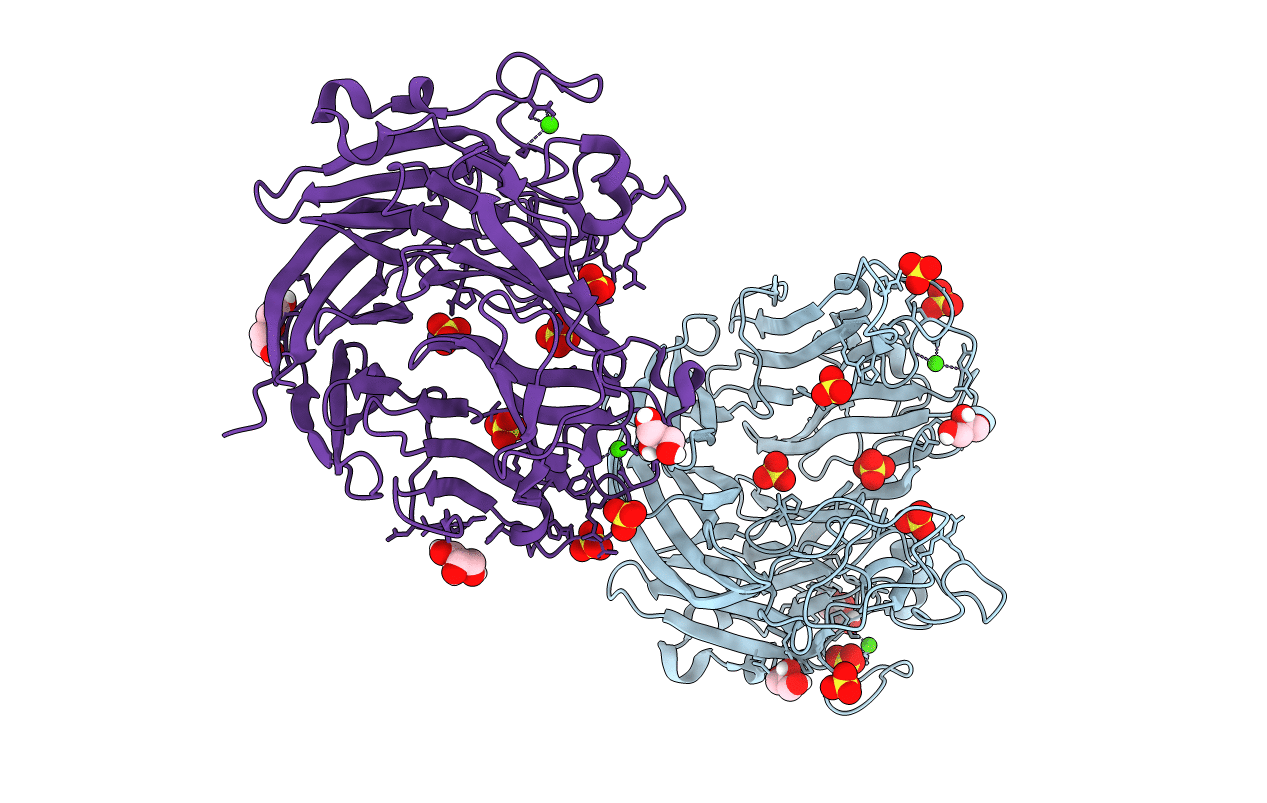
Deposition Date
2017-12-21
Release Date
2018-02-07
Last Version Date
2024-03-13
Entry Detail
Biological Source:
Source Organism:
Alteromonas sp. LOR (Taxon ID: 1537994)
Host Organism:
Method Details:
Experimental Method:
Resolution:
1.90 Å
R-Value Free:
0.20
R-Value Work:
0.17
R-Value Observed:
0.17
Space Group:
P 21 21 21


